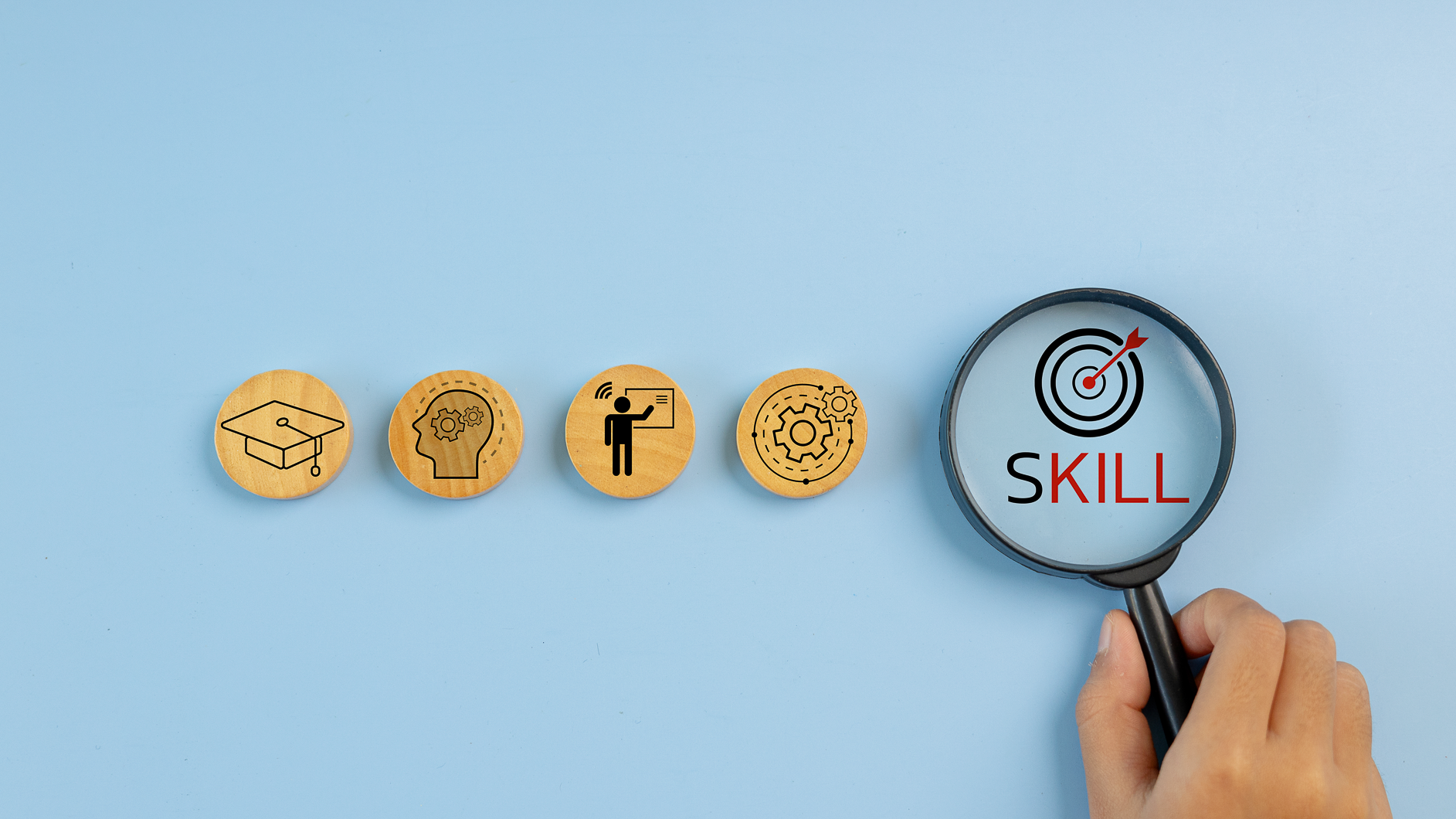The year 2020 has been a difficult one for many organisations and HR professionals, with redundancies, employee hour reductions and even pay cuts. Not to mention needing to deal with entire workforces moving to remote work, navigating government subsidies and ensuring employees have sufficient support for their mental health and wellbeing. For many, it will likely feel as though you’ve merely been treading water, trying to stay afloat and unable to implement any of the grand plans you may have had back in January.
But with the New Year fast approaching, it is important for HR leaders to revise their priorities for 2020-21 and grapple with shifts in work trends driven by the response to the pandemic. The implications for HR are broad and substantial, and new approaches to the likes of employee wellbeing, flexible working arrangements and providing managers with the tools to manage remote teams will need to be considered.
Organisational agility
Given the speed and force at which the pandemic hit Australian shores, most organisations were tasked with quickly shifting the way in which they worked – whether that meant changing service or product offerings or reassessing priorities. Unsurprisingly, those companies that were better able to be agile when faced with the circumstances have fared better during the pandemic than those that were unable to adapt. In a study of 25 companies, executives emphasised that their agile teams have continued their work almost seamlessly after the shock of the pandemic, without substantial setbacks in productivity. In contrast, many non-agile teams struggled to transition, re-prioritise their work, and be productive in the new remote setup.
What many employers found was that in attempting to respond to the crisis in an agile way, their years-long focus on efficiency has actually left them with rigid structures, workflows, role design and networks that weren’t able to keep up with the fast-changing conditions. It is important to acknowledge here that for some companies in Australia, they were given little notice and few choices when being told to cease operations as part of state-based lockdowns.
Yet from an HR perspective, it could be beneficial to draw your organisation’s focus to successfully adapting to changing environments, especially as employees have increasingly higher expectations for businesses and business leaders to address social and cultural issues. True agility minimises the risk of overstepping capabilities in the coming year and makes teams adaptable for new hurdles in 2021.
Supporting your workforce
Unfortunately, fear and uncertainty may give rise to employers resorting to pushing employees harder than ever, in the hopes of returning to pre-covid success. But with employees having just experienced a year of uncertainty around job security, financial stress due to pay cuts or reduced hours, and possibly losing some colleagues as a result of redundancies, this kind of behaviour is likely to see employees leave out of frustration, or take more time off for stress and sick leave.
In 2021, it will be imperative to have a HR strategy that focuses on supporting employees, and giving them tools and resources to enable them to thrive in new, high-pressure environments, while delivering results. Much of this will be centred around mental health and wellbeing, seeing businesses dedicate resources to support flexible work policies and employee mental health programs.
Employee experience and engagement
It is predicted that COVID-19 could permanently shift the way in which Australians choose to work, with a study finding that more Australians want to work from home an average of two days per week, and 75% believing that their employer will support them in doing so.
With this potential uptake in remote work, having a HR strategy that best manages the employee experience and engagement will be vital in sustaining performance across a distributed workforce. According to Gartner, to gauge employee experience during the disruption, HR should address three issues for their organisation:
- Organisational trust: to what extent do employees believe the organisation really value people and ensure their well-being?
- Commitment to colleagues: how are employees collaborating with and learning from team members?
- The right capabilities: are organisations helping employees get the skills, tools and resources they need to be successful in this disruption?
Once these elements are understood, HR will be better able to identify the gaps in the current strategy, and develop processes and strategies to ensure engagement and the employee experience don’t deteriorate in “the new normal”.
Company culture
Many organisations have a well-established culture, which often helps them to attract and hire top talent into their workforce. So, with it likely that at least a percentage of your workforce will remain working from home a few days per week, how does a company maintain, or build, a great sense of culture?
This will be an important consideration for your HR strategy moving into 2021, and will look different for each workplace. New and creative ways of celebrating employee milestones, birthdays and end of year celebrations will need to be established, not only to include those who may be working remotely, but as a contingency plan should we all need to return to a lockdown scenario.
If you are looking for assistance in preparing your organisation for 2021,
contact Bayside Group today and speak with one of our Consultants.



